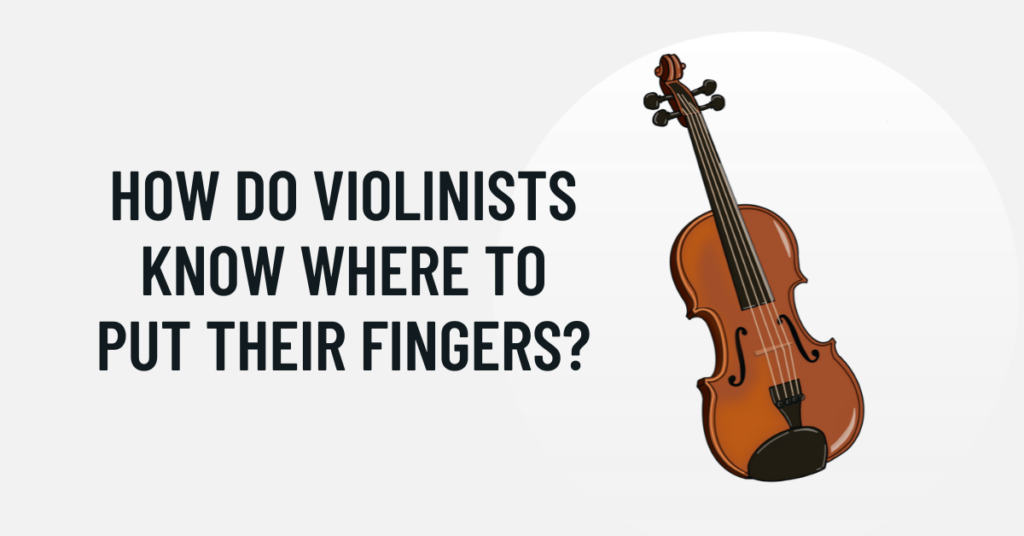The violin, with its graceful curves and soul-stirring melodies, is often considered one of the most expressive and challenging musical instruments to master. One of the fundamental skills that every violinist must develop is the ability to place their fingers accurately on the fingerboard to produce different notes. But how do violinists know where to put their fingers? In this article, we will unravel the intricacies of violin fingering, exploring the techniques and methods that allow violinists to create enchanting music that resonates with audiences worldwide.
1. Understanding the Fingerboard:
The fingerboard of the violin is divided into precise segments, each representing a musical note. Violinists rely on their knowledge of scales, intervals, and musical theory to determine the placement of their fingers. By memorizing the specific positions for different notes, violinists can navigate the fingerboard with precision, allowing them to create melodies and harmonies.
2. Learning Scales and Positions:
Violinists dedicate a significant amount of time to practicing scales in different keys and positions. Scales are fundamental patterns of notes that help musicians internalize the distances between notes and develop muscle memory. As violinists progress, they learn various positions, each requiring a specific arrangement of fingers. By mastering different positions, violinists can play a wide range of notes without constantly shifting their entire hand.
3. Guiding Markers:
Violins feature small markers on the fingerboard, often in the form of inlaid dots or ridges. These markers serve as visual guides for violinists, indicating specific finger placements for notes such as first, second, third, and fourth fingers. Beginners use these markers to develop their finger positioning accuracy, gradually relying more on muscle memory as they advance in their skill level.
4. Listening and Ear Training:
Experienced violinists develop keen listening skills, allowing them to recognize and reproduce specific pitches accurately. By training their ears, violinists can adjust the placement of their fingers based on the desired pitch. This ability to hear and replicate musical tones is fundamental to playing the violin expressively and in tune.
5. Physical Sensation and Muscle Memory:
Learning the violin involves a significant amount of physical sensation and muscle memory. Violinists develop a sense of finger placement based on the distances between notes and the feeling of the strings beneath their fingertips. Repetitive practice ingrains these sensations into their muscle memory, enabling violinists to instinctively find the correct positions on the fingerboard.
6. Private Instruction and Feedback:
Private violin lessons with experienced instructors are invaluable for violinists, especially beginners. Instructors provide personalized guidance, correcting finger placements and techniques in real time. Feedback from teachers helps violinists refine their finger positions, ensuring accuracy and intonation. Regular lessons help students develop proper habits and techniques from the outset.
Conclusion
The art of violin playing is a harmonious blend of technical precision, musical knowledge, and artistic expression. Violinists acquire their expertise through dedicated practice, ear training, and guidance from experienced teachers. By understanding the fingerboard, mastering scales, and positions, relying on visual markers, developing listening skills, and receiving feedback from instructors, violinists can confidently navigate the fingerboard, producing melodies that captivate audiences and evoke deep emotions. The ability to place fingers accurately is not just a technical skill but a gateway to the soul of the music, allowing violinists to create enchanting and unforgettable performances.


